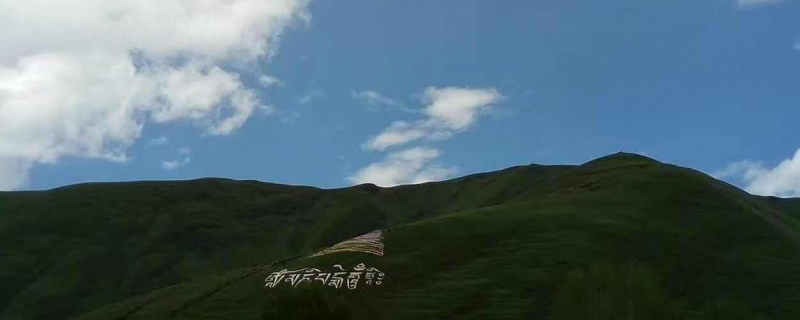易经大师刘晓林,易经风水大师
2024-03-25 本站作者 【 字体:大 中 小 】
请各位英语高手帮我找点有关“徐悲鸿”的生平简介及人生成绩的英语文献,最好带些个人感受
Xu Beihong was primarily known for his shuimohua (Chinese ink paintings) of horses and birds and one of the first Chinese artists to articulate the need for artistic expressions that reflected a new modern China at the beginning of the 20th century. He was also regarded as one of the first to create monumental oil paintings with epic Chinese themes - a show of his high proficiency in an essential Western art technique.
Biography
Xu began studying classic Chinese works and calligraphy with his father Xu Dazhang when he was six, and Chinese painting when he was nine. In 1915, he moved to Shanghai, where he made a living off commercial and private work. He traveled to Tokyo in 1917 to study arts. When he returned to China, he began to teach at Peking University's Arts school at the invitation of Cai Yuanpei. Beginning in 1919, Xu studied overseas in Paris at the École Nationale Supérieure des Beaux-Arts, where he studied oil painting and drawing. His travels around Western Europe allowed him to observe and imitate Western art techniques. He came back to China in 1927 and, from 1927 to 1929, gained a number of posts at institutions in China, including teaching at National Central University (now Nanjing University) in the former capital city Nanjing.
In 1933, Xu organized an exhibition of modern Chinese painting that traveled to France, Germany, Belgium, Italy, and the Soviet Union. During World War II, Xu traveled to Southeast Asia, holding exhibitions in Singapore and India. All the proceeds from these exhibitions went to Chinese people who were suffering as a result of the war.
Galloping HorseAfter the founding of the People's Republic of China in 1949, Xu became president of the Central Academy of Fine Arts and chairman of the Chinese Artists' Association.
Xu Beihong was a master of both oils and Chinese ink. Most of his works, however, were in the Chinese traditional style. In his efforts to create a new form of national art, he combined Chinese brush and ink techniques with Western perspective and mods of composition. He integrated firm and bold brush strokes with the precise delineation of form. As an art teacher, he advocated the subordination of technique to artistic conception and emphasizes the importance of the artist's experiences in life. Of all of the Painters of the modern era, it can be safely said that Xu is the one painter most responsible for the direction taken in the modern Chinese Art world. The policies enacted by Xu at the beginning of the Communist Era continue to control not only official Government Policy towards the arts, but they continue to direct the overall direction taken in the various Art Colleges and Universities throughout China.
Xu enjoyed massive support from art collectors across Asia. Between 1939 and 1941, he held solo exhibitions in in Singapore, India and Malaya (Penang, Kuala Lumpur and Ipoh) to help raise funds for the war relief effort in China. In one war benefit exhibition in March 1939, Xu held a group exhibition with Chinese ink painting masters Ren Bonian (simplified Chinese: 任伯年; pinyin: Rèn Bónián) and Qi Baishi (simplified Chinese: 齐白石; pinyin: Qí Báishí), and showcased 171 works of art at the Victoria Memorial Hall.[2]
He also met luminaries such as Rabindranath Tagore and Mahatma Gandhi during his stay in India, and got his sources of inspiration which led to the creation of iconic works such as the 4.21m-wide The Foolish Old Man Who Removed the Mountains painting on show at SAM. Artworks like After a Poem of the Six Dynasties, Portrait of Ms Jenny and Put Down Your Whip were also created during his sojourns in Southeast Asia. SAM Director Kwok Kian Chow mentioned that Xu's name tops the list in Asian modern realism art, and his connections with various parts of Asia and Europe opened a new chapter of historical narratives, exchanges and influences of aesthetics and ideas in art.[1]
Xu constantly pushed the boundaries of visual art with new techniques and international aesthetics, in bid to reinvent Chinese art. In fact, Xu's influence extends beyond China in the early 20th-century. Many pioneer Singapore artists such as Chen Wen Hsi, Lee Man Fong and Chen Chong Swee looked up to him as a mentor and a worthy peer, sharing Xu's advocate to closely observe nature and inject realism into Chinese painting.[3]
The Malay Dancers, one of the two vases which was believed to have been made in the 1940s, and given to the two Huang brothers who were friends of Xu BeihongXu died of a stroke in 1953. After his death, a Xu Beihong Museum was established at his home in Beijing.
刘晓林的学术研究
《论易经对人类文化的贡献》
《赋数字以生命》
《河图洛书与零》
《与易经应用》 《中国儒学剖析》
《替孔子与儒学解围》 《用易经论佛家无生无灭》
《简论东西方文化差异》
《浅论人为什么怕死》
《鸡与蛋之先后及艺术及其他》 《万古神州赋》
《二十四诗品》
《和韩昌黎南山诗》
《神马都是浮云》
《宇宙过客》
《人间天堂》 《天地一人齐白石》
《天造地化黄宾虹》
《奇而不神毕加索》
《睁眼画梦林风眠》
《林风眠和潘天寿为艺术而战》 《读王朝闻〈我爱八大〉》
《趋近绘画的本质》 《有知识没文化的时代》
《告中国美术理论界和自己》
《真正创新都将回到传统》
《中国艺术界的三大绝症》
《中国艺术的死亡之吻》
《中国书画界的群体性狂热》 《考·石涛罗汉百页图册及相关》
《谈黄庭坚〈砥柱铭〉价值》 《我和柏杨先生的谈话》
《故国有神游 虬松蟠昊穹——对话刘国松》
《徐悲鸿夫人廖静文先生访谈录》
《对话“新加坡之子”林子平先生》
周易大师前传之梅花易数完结版谁有呢?
明渊 (睿智;学识渊博)
明文 (弘扬;文:文学家)
明瀚 (拥有广大的学问)
明泽 (恩惠)
明瑞 (瑞:吉祥)
明辉 (建造辉煌成就)
梅花易数 报数起卦 跪求周易大师解卦 求高手指点 我会反馈的。
月建亥水,火死金休土囚。兑金为体,坤土为用,用生体。变卦用为离火,火克金不动。这卦应该是没戏了

猜你喜欢

今天哪个方位财运好 2024年4月11日财神方位查询
 0
0 
天蝎男暗恋你的小动作,撩天蝎男的十大技能
 0
0 
2024年五行是什么年 金箔金命属于上等命吗
 0
0 
巨蟹座2024元宵节运势出炉 2024年巨蟹座财运
 0
0 
水瓶男和金牛女谁离不开谁
 0
0 
五行带木男孩名字大全带木属性男宝宝起名,五行属土最旺的字
 0
0 
一定离婚的手相纹,女人离婚手相
 0
0 
面相看你一生有几个孩子,穷命8种面相
 0
0 
梦见自己刷牙牙齿变白,女人梦见自己在刷牙好不好
 0
0 
2024年生肖牛的财运怎么样 2024年生肖牛的财运走向
 0
0 
2024去云南旅游最佳路线 云南旅游的最佳路线安排


2024最适合穷游的12个地方 一个人穷游去哪里好
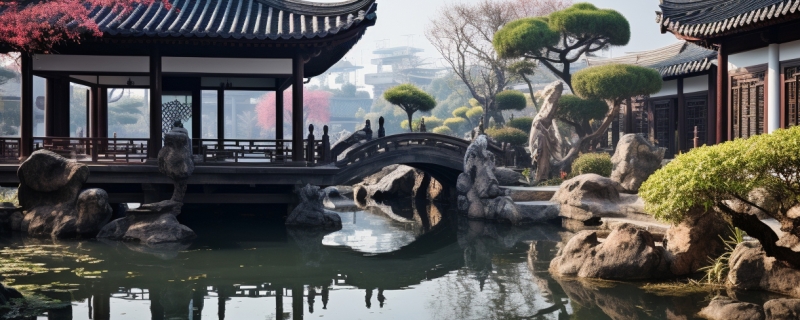

2024桂林必去五个景点 桂林旅游必看景点
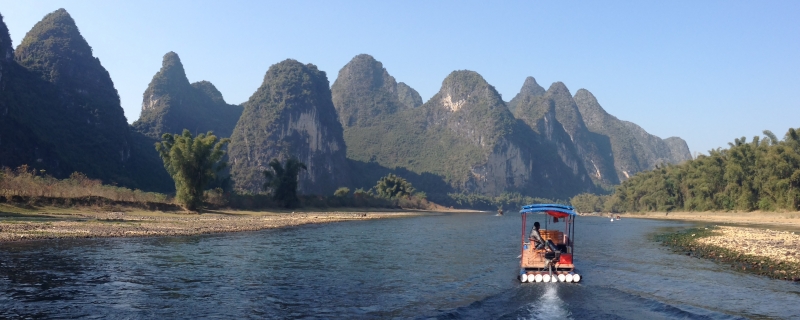

2024清明家庭旅游最佳去处 清明节去哪里玩比较好


张家界旅游必去景区 张家界旅游景点推荐


2024重庆旅游攻略 2024年重庆旅游景点
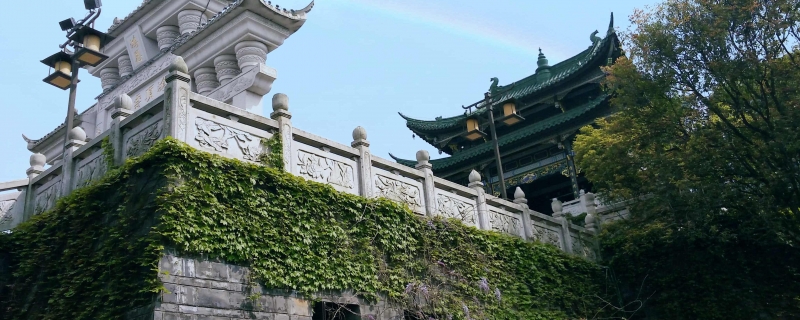

西安旅游攻略自由行路线推荐 第一次去西安旅游攻略
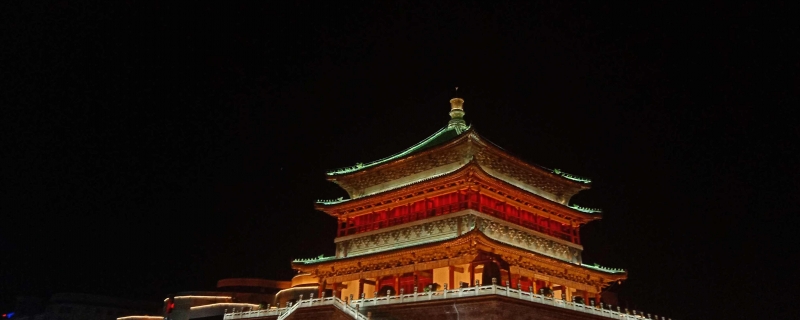

2024昆明旅游攻略景点大全 昆明有什么好玩的地方推荐


成都旅游必去十大景点推荐 四川成都最值得去的十大景点
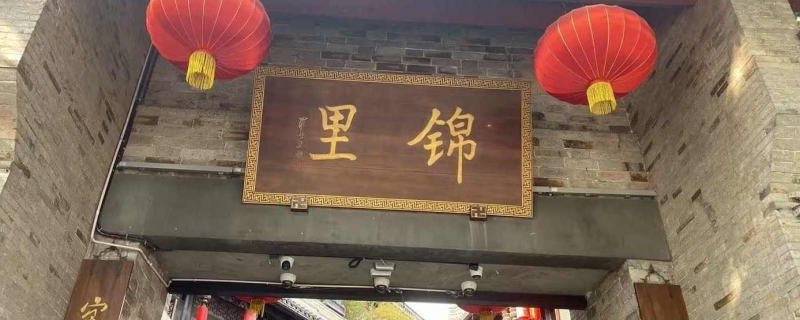

2024山西旅游必去十大景点 山西必去景点攻略地
